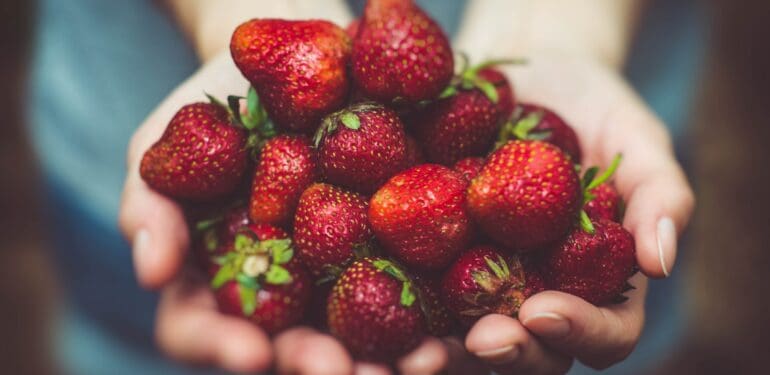If you’re interested in growing food at home, you’re not alone. According to the National Gardening Association, there was a 17% increase in households growing food between 2008 and 2013, and another massive increase over the last two years through the pandemic. And with good reason – growing your own food can provide you with fresh, healthy produce and save you money at the grocery store. This guide will give you some basic information to start growing food at home, whether you have a lot of space or just a few pots on a balcony.
Why You Should Grow Food At Home
There are plenty of reasons to grow your own food at home. For one, you’ll have complete control over what goes into your plants, which means you can avoid harmful chemicals and pesticides. Growing your own food also allows you to save money on groceries, and it can be a fun and rewarding hobby. The key to success is starting small and gradually expanding your garden as you become more comfortable with the process. It doesn’t take a lot of space or time to get started, and you can even grow food indoors if you don’t have an outdoor area.
What You Need to Get Started
The first step is to figure out what kind of setup you need. The size and growing operation you want will determine the equipment and space you need. For example, a small windowsill herb garden might only require a few pots, some potting soil, and seeds or seedlings. But if you want to grow vegetables indoors year-round, you’ll need more substantial equipment, like a larger growing space, led grow lights and possibly a hydroponic system, like a click and grow. It’s essential to do your research and figure out precisely what you need before you get started to set yourself up for success. Once you have an idea of the kind of setup you need, it’s time to gather your supplies.
How To Grow Food At Home
There is a heightened interest in growing food at home with the current pandemic. Many people wonder if they can grow their own food, and the answer is YES. Growing your own food is a great way to get fresh produce, save money, and have a fun hobby. If you’re new to gardening, here is how to help you get started.

Pick the right spot
One of the most important factors in gardening is picking the right spot. You’ll want to pick a spot that gets at least six hours (if not more) of sunlight and has well-drained soil. If you’re not sure about the quality of your soil, you can get it tested at a gardening center or cooperative extension office. This will help you determine what amendments you need to make to the soil before planting.
Prepare the soil
Once you’ve picked the perfect spot, it’s time to prepare the soil. This involves loosening the top layer of soil so that your plant’s roots can easily penetrate it and adding some organic matter to the soil to help retain moisture and nutrients. If your soil is in good condition, you may only need to loosen the top layer. However, if it’s heavy clay or sand, you may need to add some organic matter, such as compost or peat moss. You can also have your soil tested to see what nutrients it’s lacking and amend it accordingly.
Choose your plants
Not all plants are created equal – some are better suited for growing in certain conditions than others. When choosing plants, make sure to pick ones that will do well in the amount of sunlight and space you have available and the climate you live in. You can talk to a gardening expert at your local nursery or do some research online to figure out which plants will work best for you.
Get your supplies
Once you’ve chosen the plants you want to grow, it’s time to get the supplies you need to help them thrive. Your supplies may vary depending on your chosen plants and the setup you’re looking for. The basics, however, that every indoor gardener needs are: Pots or planters, Potting soil, Fertilizer, Water, and growing lights. If you’re growing plants that will require support as they grow, you’ll also need Stakes or cages, Trellis and Twine or wire. This is a great place to start, but be sure to do additional research on the specific plants you’re growing to see if they have any other needs.
Growing food at home can be a great way to get fresh, healthy produce while saving money. It does require some initial investment and effort, but you can soon enjoy your labour’s fruits and vegetables with a little planning and care.


